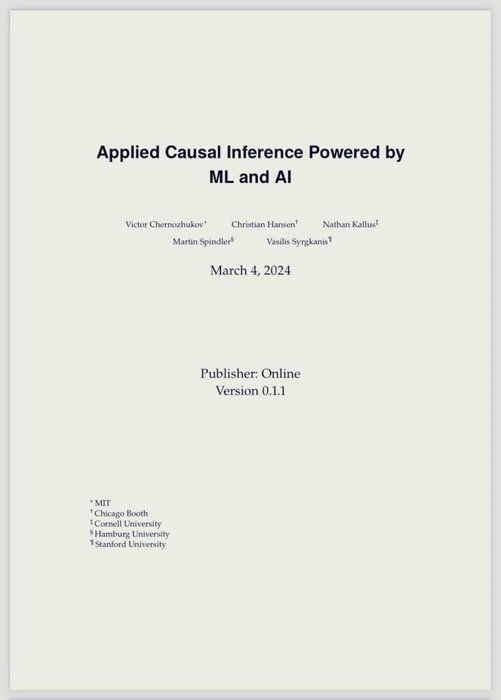Sublime
An inspiration engine for ideas
Companies can now base important decisions on real, scientifically valid experiments. In the past, any foray into randomized testing (the random assignment to groups that we mentioned above) meant employing or engaging a PhD in statistics or a “design of experiments” expert.
Thomas H. Davenport • Keeping Up with the Quants: Your Guide to Understanding and Using Analytics
The t-distribution is like the normal distribution (also called the z-distribution) except that it takes the sample size into account.
Jeff Sauro • Quantifying the User Experience: Practical Statistics for User Research
Let’s assume that you want a 95 percent confidence in your answer. This corresponds to a Z-score of 2, meaning that the number must fall within two standard deviations of the observed mean.
Maura Ginty • Landing Page Optimization: The Definitive Guide to Testing and Tuning for Conversions

five-step process: Define the question and figure out methodology; collect data; clean and summarize the data using descriptive statistics; process the data and apply hypotheses; make inferences and apply findings.[xii]
Albert Rutherford • Statistics for the Rest of Us: Mastering the Art of Understanding Data Without Math Skills (Advanced Thinking Skills Book 4)
your sample mean is unlikely to equal the population mean. The difference between the sample statistic and the population value is the sampling error.
Jim Frost • Hypothesis Testing: An Intuitive Guide for Making Data Driven Decisions
The two parameters in the formula are alpha (1 minus the level of confidence (1 − 0.95 = 0.05)) and the degrees of freedom (sample size minus 1 for a one-sample t), for which t = 2.14.
Jeff Sauro • Quantifying the User Experience: Practical Statistics for User Research
Bayes' Theorem looks at how likely something is to happen, given that something else has already happened.
Albert Rutherford • Statistics for the Rest of Us: Mastering the Art of Understanding Data Without Math Skills (Advanced Thinking Skills Book 4)
